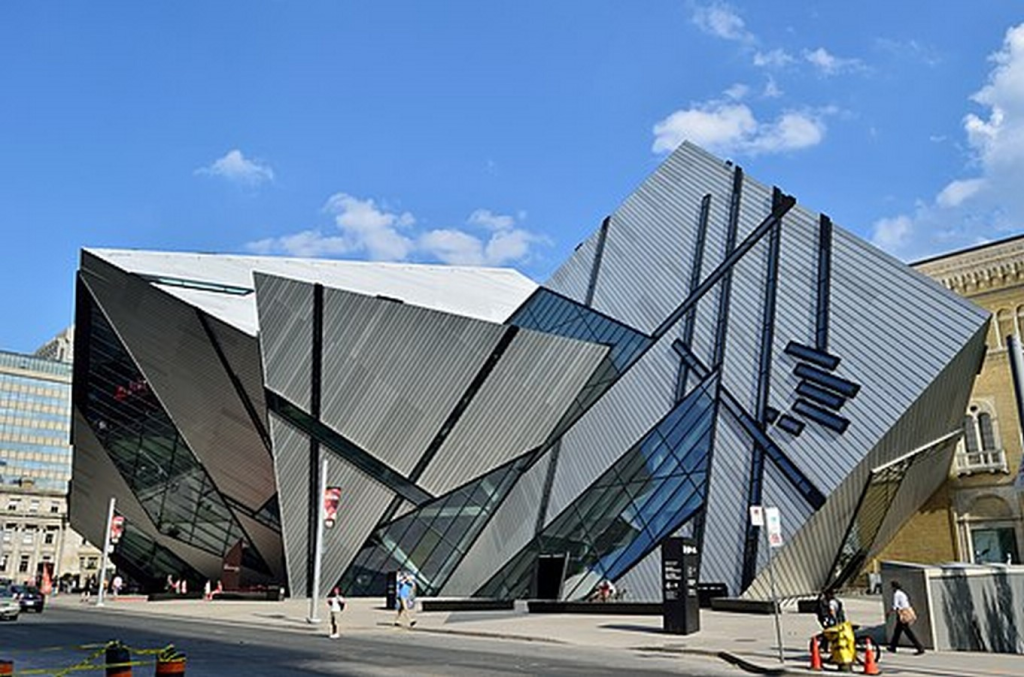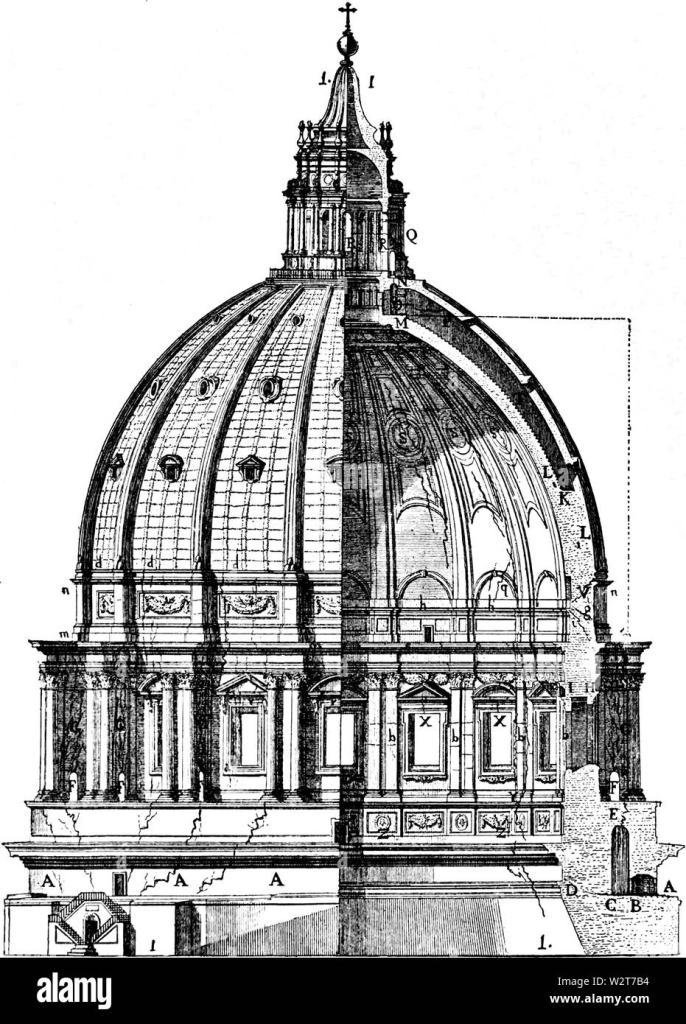Relation of CONTRAST
Architecture is a part of the landscape and may abstract it. It may dominate, but it is not alien to it or separate from it. The architecture in a neighborhood will influence the nature of its neighborhood and so influence the way in which people live their lives.

For example this is The Micheal lee-chin crystal it located in toronto Canada. This building was design by the architect Daniel Libeskind. As you can see the building fills that is part of the city and i will say that the represantation of the cubes will be described as it ha the touch modernism and by seeing it you already can denominate what type of city it is a working city where is all crystal and concrete. this kind of building will not work on the suburbs.
Relation with the camuflage
The relation of the building with the place is of extreme integration mimesis. In order to create and recreate the atmosphere of the desired importance, Camouflage proposes an original architecture by proposing a new typology of camouflage that targets to disappear blending in the pattern of nature.

Mimetic, or mimic, architecture is a programmatic approach to building design the building is shaped to mimic, or copy, the function, usually a business function, or to suggest objects associated with their function. It’s EXTREME.
Also a great example that comes in mind right now is the hobbit houses from lord of the rings. they are underground and camuflated.
Integration with organism
The building becomes a melding of architecture and nature, as it is based on the place as a whole. Integration of elements is done at an extraordinary level, with patience and understanding for the place.

This building was designed by theFamed architect Balkrishna Doshi, also known as B.V. Doshi. Underground, dimly lit, and unfathomable space is what gufa literally, «cave») means. Its fluid space, which has now become a natural girbhagriha, or «golden womb,» is where one is able to discover previous births and reincarnations. Such unexpected experiences make one ask: Who am I? Where do I come from? What time is it? How much and whose time do we have? Yet these questions become irrelevant as one delves deeper, as in a yogic trance.
CLASSIC space
The CLASSIC space is closed and compact, because the historical architecture has been of massive wall type. That is a structural question that has given it the closed and compact character. The BAROQUE follows the classical heritage and experiments with centralized spaces with tension (two axes in the ellipse).

Cupola di S Pietro, the dome with its ruptures. this plans are great representation of type of architecture made for a classical period like the renassaunce. so thats why I choose it
CONTEMPORARY space
The FREE SECTION is the expression of freedom and the first form that became free. A free structure can be built in several ways. In an elevated part, there is a low lying space at the base, which has been given its own autonomy. In other words, neither roof nor floor covers this leg at all times; on the contrary, it is always covered by large windows. This kind of transparency, together with the broad crack at the top, which makes it possible for light to reach in through them, creates a contrast that adds to their visual richness.

artistic education centre C3A in Córdoba, Spain
The original concept for the building by Nieto Sobejano Arquitectos proposed the integration of a low-resolution light and media façade on the building surface it become a concrete façade with a regular grid of circular openings, each one to be equipped with a circular fluorescent light tube.
